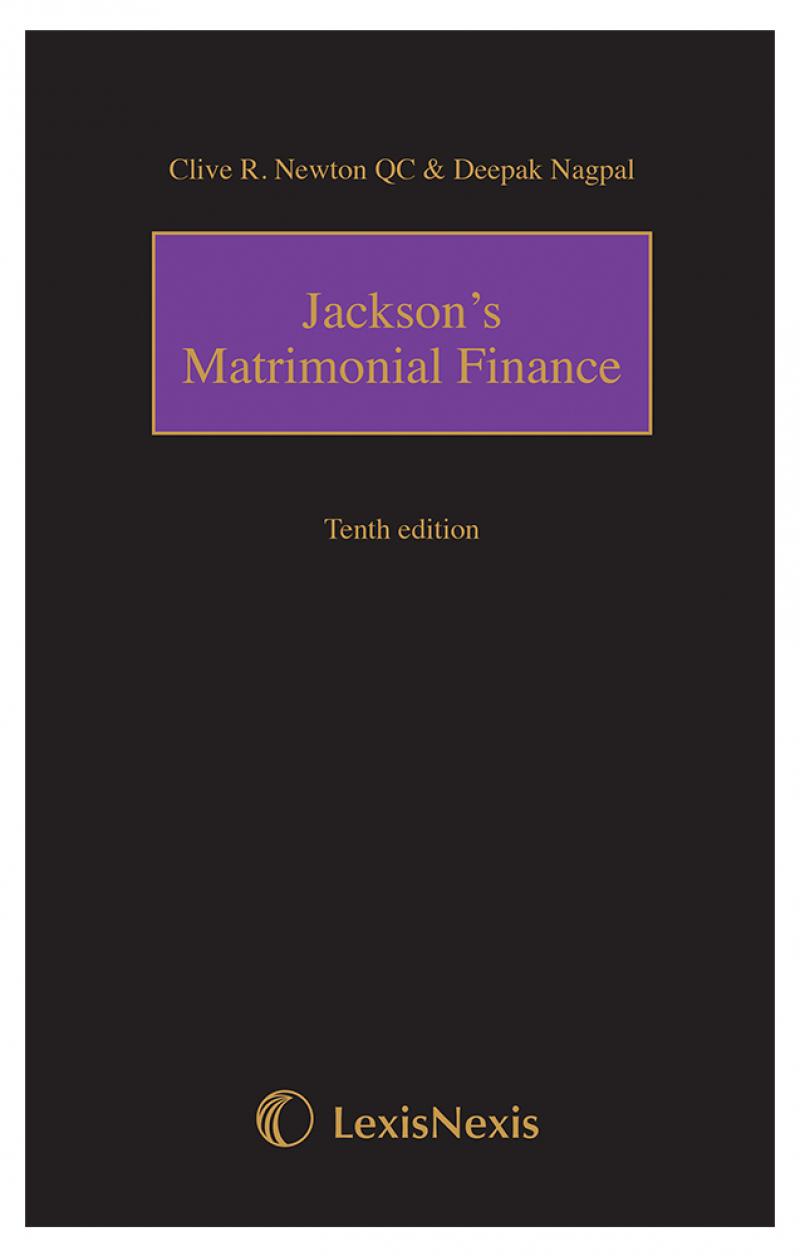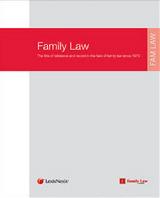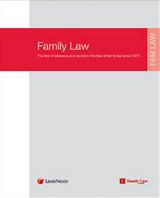Child maintenance, shared parental rights, equal shared care, Child Support Act 1991, Andrzej Bojarski, blog
Many family law practitioners will have experience of cases where one parent (usually the father) presses strongly for equal shared care of the children and there is at least a suspicion that part of the motivation is to reduce the amount of child maintenance which would be paid under the formula set by the Child Support Act 1991. It is very well known that the assessment of child maintenance is reduced by reference to the number of nights the child spends with the non-resident parent in a prescribed 12-month period. So, less than 51 nights results in no reduction, 51-103 nights results in a 1/7th reduction, 104-155 nights results in a 2/7th reduction and 156-174 nights results in a 3/7th reduction.
What if the parent who is not the applicant to the CSA has exactly the same care of the children as the 'person with care', or even more than the person with care? The Child Support Act 1991 specifically provides that there may be more than one person with care in respect of the same child (s 3(5)). However, the Act also defines the non-resident parent as a parent who is not living in the same household with the child and the child has his 'home' with a person who is, in relation too the child, a person with care (s 3(2)). There is a degree of circularity in these provisions. What if the child has 'his home' with both parents so that the child lives 'int he same household' with each parent at different times? Clearly, those are very difficult matters to resolve in cases where the time is shared exactly between the two households.
No doubt in an effort to resolve some of those difficulties the Child Support Maintenance Calculation Regulation 2012 introduced a provision at regulation 30. Its key provision read as follows:
(1) Where the circumstances of a case are that:
(a) an application is made by a person with care under section 4 of the 1991 Act; and
(b) the person named in that application as the non-resident parent of the qualifying child also provides a home for that child (in a different household from the applicant) and shares the day to day care of that child with the applicant,
the case is to be treated as a special case for the purposes of the 1991 Act.
(2) For the purposes of this special case, the person mentioned in paragraph (1)(b) is to be treated as the non-resident parent if, and only if, that person provides day to day care to a lesser extent than the applicant.
(3) Where the applicant is receiving child benefit in respect of the qualifying child the applicant is assumed, in the absence of evidence to the contrary, to be providing day to day care to a greater extent than any other person.
(4) For the purposes of paragraph (3), where a person has made an election under section 13A(1) of the Social Security Administration Act 1992 (election not to receive child benefit) for payments of child benefit not to be made, that person is to be treated as receiving child benefit.
We can unpack this as follows:
- There is presumption that the person in receipt of child benefit (or who would be in receipt but for having elected not to receive it on the grounds of high income eligibility and taxation) provides day to day care to a greater extent than any other person;
- That presumption can be rebutted by evidence which shows that the person named in the application as the non-resident person does not provide care to a lesser extent than the applicant;
- If that evidence the case becomes a 'special case';
- The consequences of this 'special case' arising are those set out in subsection (2), namely that the person named in the application is not a non-resident parent.












 11 FEB 2025
11 FEB 2025

 11 FEB 2025
11 FEB 2025

 11 FEB 2025
11 FEB 2025

 11 FEB 2025
11 FEB 2025

 11 FEB 2025
11 FEB 2025













Leave a commentOrder by
Newest on top Oldest on top